

James Wong
2025 Mazda CX-5 G25 Touring AWD review
5 Days Ago

News Editor
The Cadillac Lyriq could be the first vehicle from General Motors’ luxury brand in over a decade to be produced in right-hand drive.
In a video published by Baba Jibagte on YouTube, we can see a prototype of the electric luxury SUV wearing manufacturer plates and the steering wheel on the right-hand side.
That points to a factory right-hand drive version of the Lyriq, opening up possibilities for a return of the brand to Australia.
The swooping 33-inch curved display inside has been reconfigured for right-hand drive, though there doesn’t appear to be a head-up display or GM’s Super Cruise system.
The latter features a light bar on the steering wheel to indicate when the system is activated, but no light bar is present on the prototype.
The exterior door grab handles of the left-hand drive model, similar to those of the Ford Mustang Mach-E, also don’t appear.

GM recently filed a trademark for the Cadillac Lyriq nameplate in Australia – which was accepted earlier this month – though a spokesperson said the company had nothing to announce on a return of the luxury brand to the local market.
“It is common practice for GM to secure key trademarks globally. GM has several brands registered, to protect them from unapproved usage,” the spokesperson also noted.
The Lyriq is the first of a series of upcoming electric SUVs from the brand ahead of its transition to being an EV-only brand from 2030.

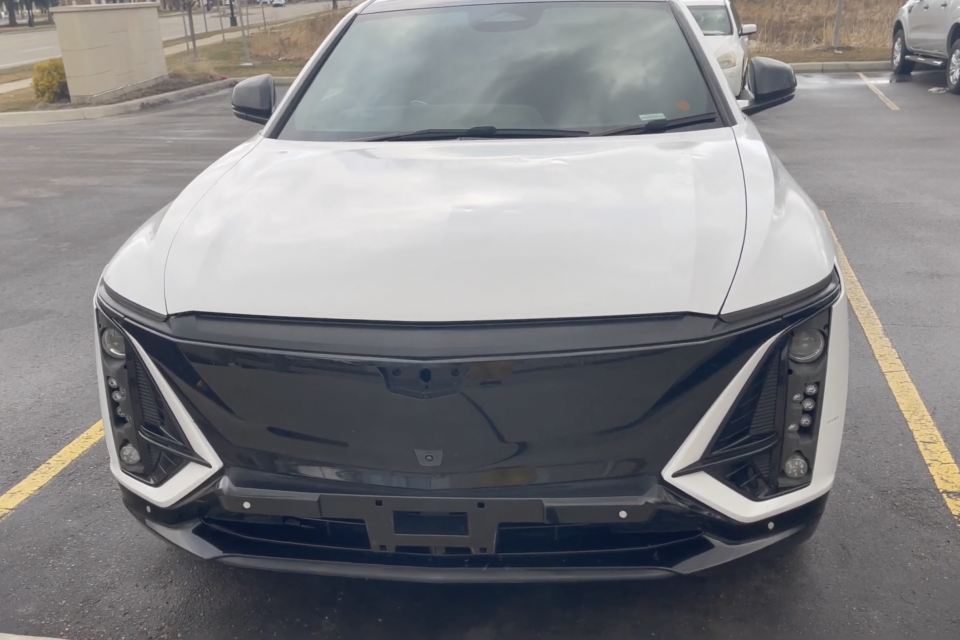
Cadillac has confirmed a trio of new EVs this year. It has previously indicated it would introduce electric alternatives to its existing Audi Q3-rivalling XT4 and Q7-rivalling XT6, to bookend the Lyriq, itself an EV alternative to the Lexus RX-rivalling XT5.
An electric equivalent to the Escalade is also expected.
Additionally, a report last year suggested Cadillac’s CT4 and CT5 sedans will receive electric replacements.
Cadillac has already revealed an ultra-luxury EV flagship, the Celestiq, though it has been confirmed by GM to be left-hand drive only.
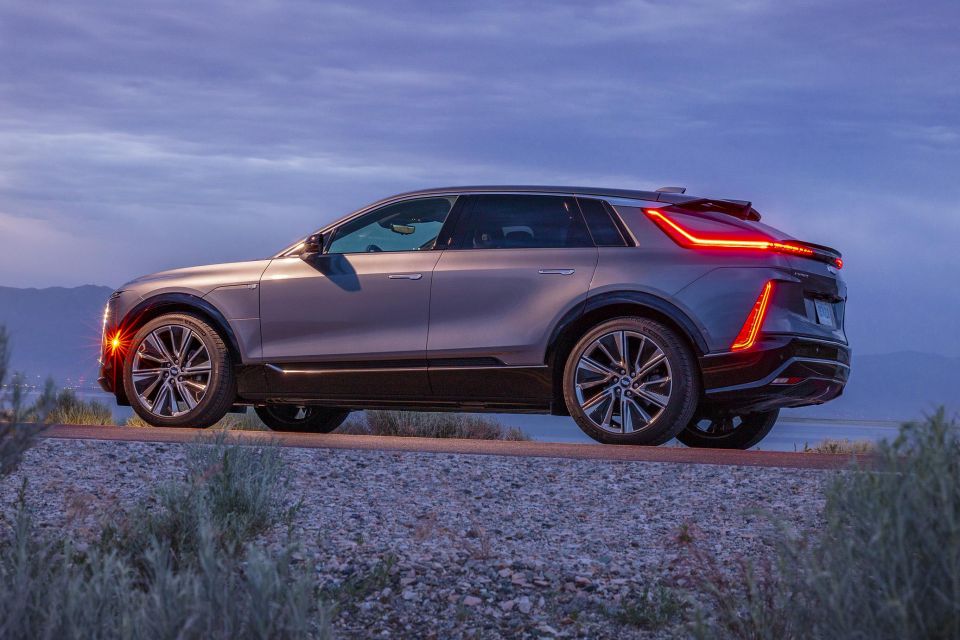
GM doesn’t currently have any other local trademark filings for Cadillac products. For example, a search on IP Australia doesn’t reveal any listings for models like the Escalade.
Cadillac last officially sold vehicles in Australia in 1969, but 40 years later it came extremely close to returning to the local market with the second-generation CTS.
It officially announced the luxury sedan’s launch in 2007 and obtained local certification for its sale, with multiple dealers signing up to carry the brand which would have been sold alongside Hummer and Saab models.
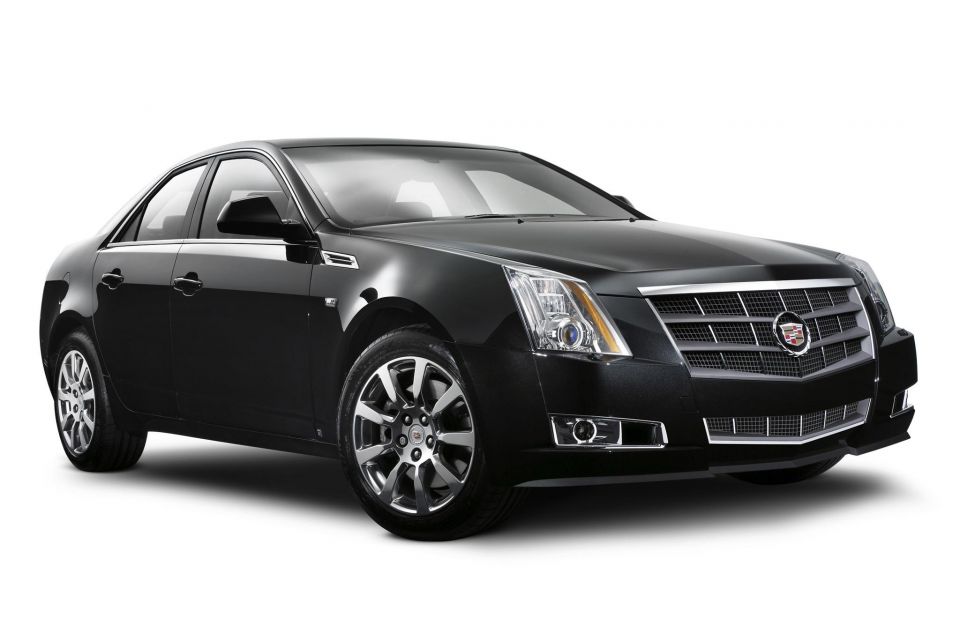

GM even imported several dozen CTS sedans, only for them to be diverted as the company cancelled plans to sell the brand in January 2009 just weeks before they were due to go on sale.
Since then, Cadillac hasn’t produced any other right-hand drive vehicles and has further reduced its presence outside of markets like North America, China and the Middle East. For example, it sells just one vehicle in Europe, the small XT4 crossover.
But GM has recently confirmed it intends to become a “substantial player” in the European market once again, following its sale of the Opel and Vauxhall brands in 2017.

Former GM Europe boss Mahmoud Samara said last July “we feel very confident we will be a substantial player” albeit without quoting any proposed targets or models. He has subsequently been replaced by Jaclyn McQuaid.
The change at the top doesn’t appear to have altered GM’s plans for Europe, with the company noting at Ms McQuaid’s appointment GM Europe will become “a nimble, non-traditional mobility start up, with an all electric vehicle portfolio at its core”.
“Chevrolet is a global brand, Cadillac is a global brand, Hummer is a global brand, so we have global brands that are fit for purpose,” said Mr Samara in July.
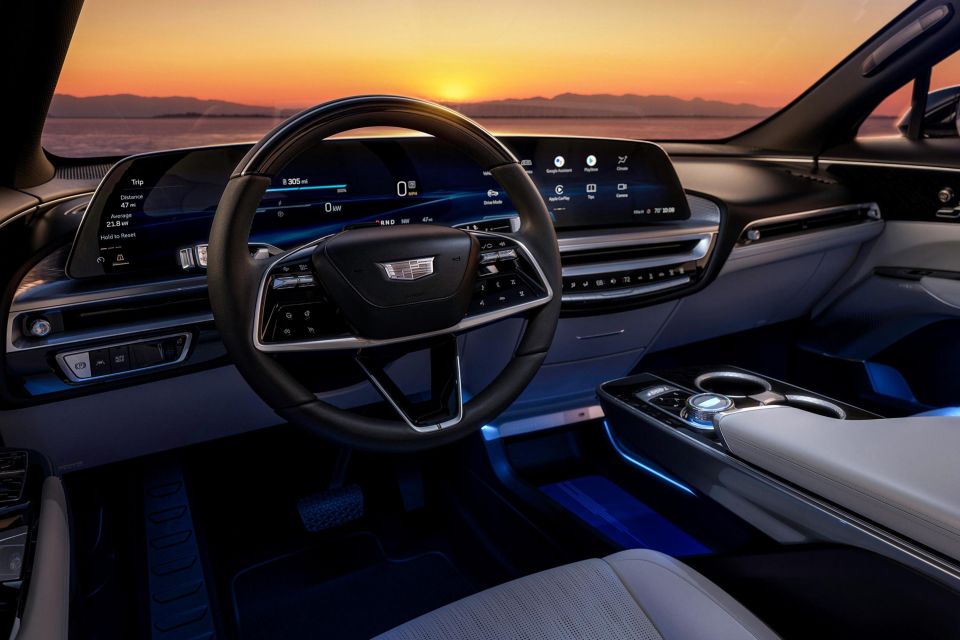
“What’s so beautiful about transitioning to EVs is the flexibility that we can deliver with those platforms. It will be fit for purpose in Europe.”
That doesn’t necessarily confirm sales of right-hand drive GM vehicles will resume, as GM has sold left-hand drive American imports in the UK before.
Mr Samara notes GM Europe will act like a rapid start-up, now that there’s no Opel/Vauxhall operation to serve as an anchor.
That suggests it could operate a largely online retail model, as with Tesla, Polestar and Genesis. In contrast, should the Cadillac Lyriq come to Australia it would potentially be sold through GM Specialty Vehicles showrooms alongside the factory right-hand drive Chevrolet Corvette and locally remanufactured Chevrolet Silverado.
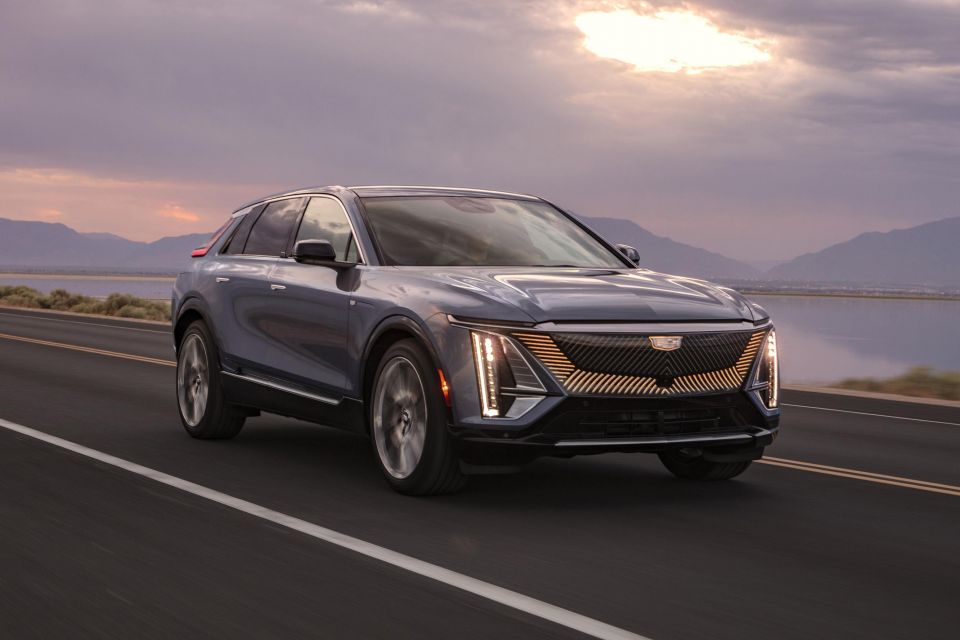
The Lyriq is available with a choice of single-motor rear-wheel drive and dual-motor all-wheel drive powertrains, both mated with a 102kWh lithium-ion battery.
In North America, the US-built rear-wheel drive model produces 255kW of power and 440Nm of torque, and its all-wheel drive counterpart produces 373kW and 610Nm.
Specifications are slightly different in the Chinese market. The Lyriq is manufactured both there and in the US.
The rear-wheel drive model has 502km of range under the stricter US EPA test cycle.
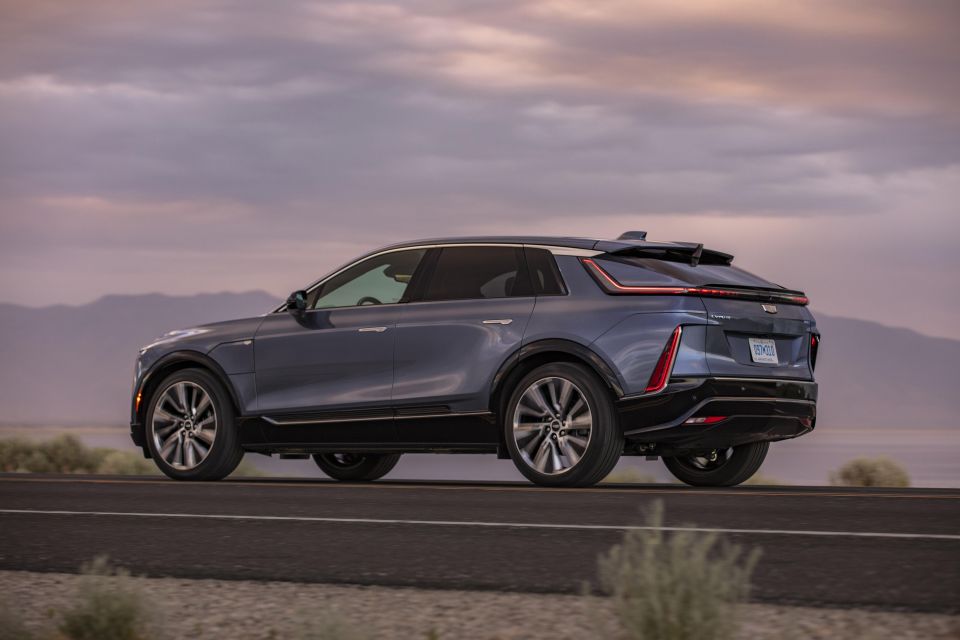
The luxury SUV supports DC fast charging up to 190kW, which can add about 122km of range in just 10 minutes. Cadillac will also offer buyers a 19.2kW home charger that can add 84km of range per hour.
The Lyriq measures 4996mm long, 2207mm wide (including the mirrors) and 1623mm tall on a 3094mm wheelbase.
That makes it roughly the same size as an Audi e-tron or BMW iX. It starts at US$62,990 (A$92,891), undercutting those rivals by thousands of dollars, and aligning it with the Tesla Model Y Performance.
MORE: 2023 Cadillac Lyriq revealed ahead of electric-only push
Where expert car reviews meet expert car buying – CarExpert gives you trusted advice, personalised service and real savings on your next new car.
William Stopford is an automotive journalist based in Brisbane, Australia. William is a Business/Journalism graduate from the Queensland University of Technology who loves to travel, briefly lived in the US, and has a particular interest in the American car industry.


James Wong
5 Days Ago


Max Davies
4 Days Ago


Josh Nevett
3 Days Ago


Josh Nevett
2 Days Ago


Paul Maric
1 Day Ago


Damion Smy
18 Hours Ago